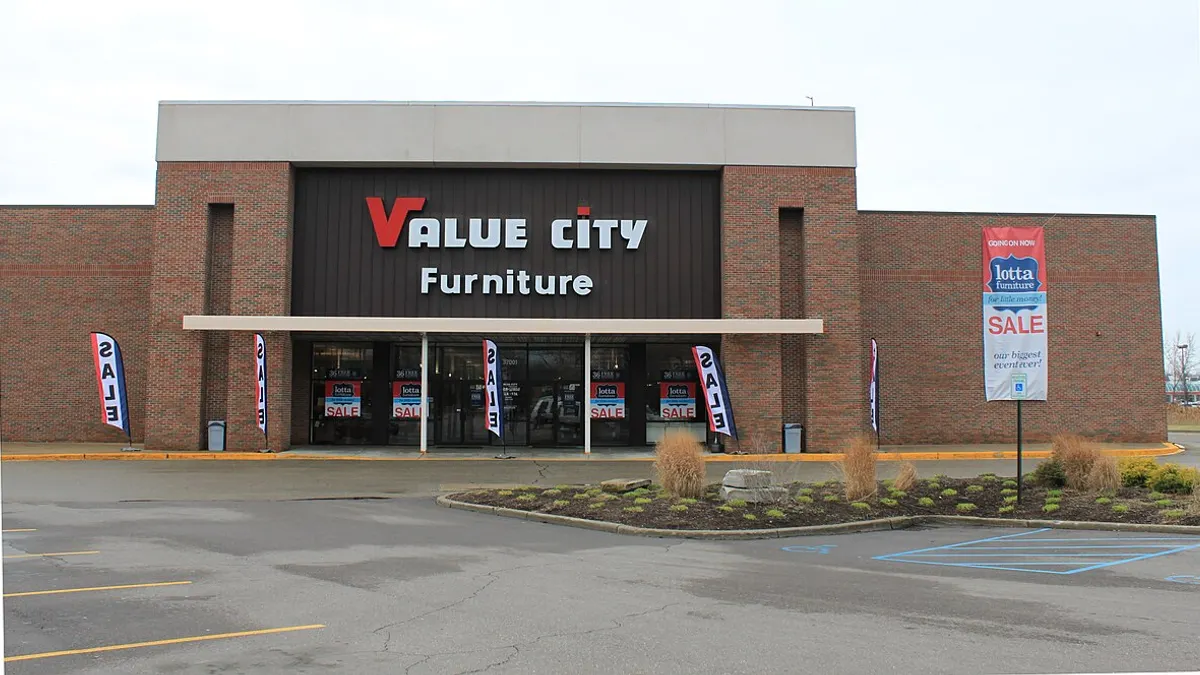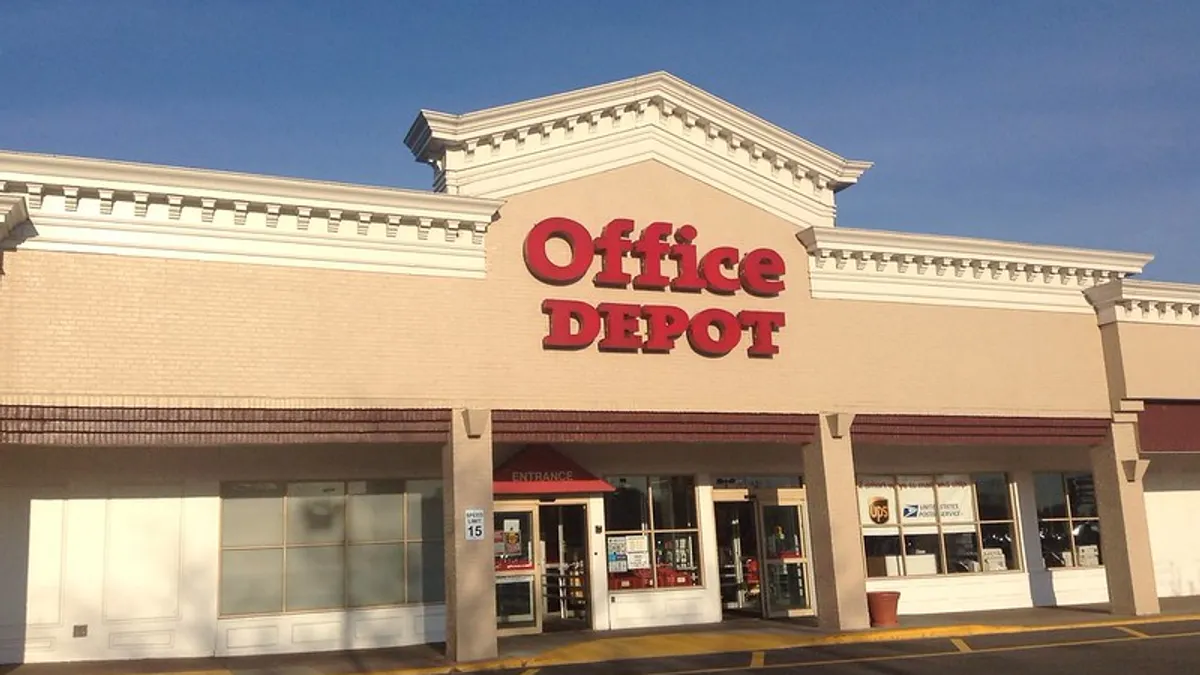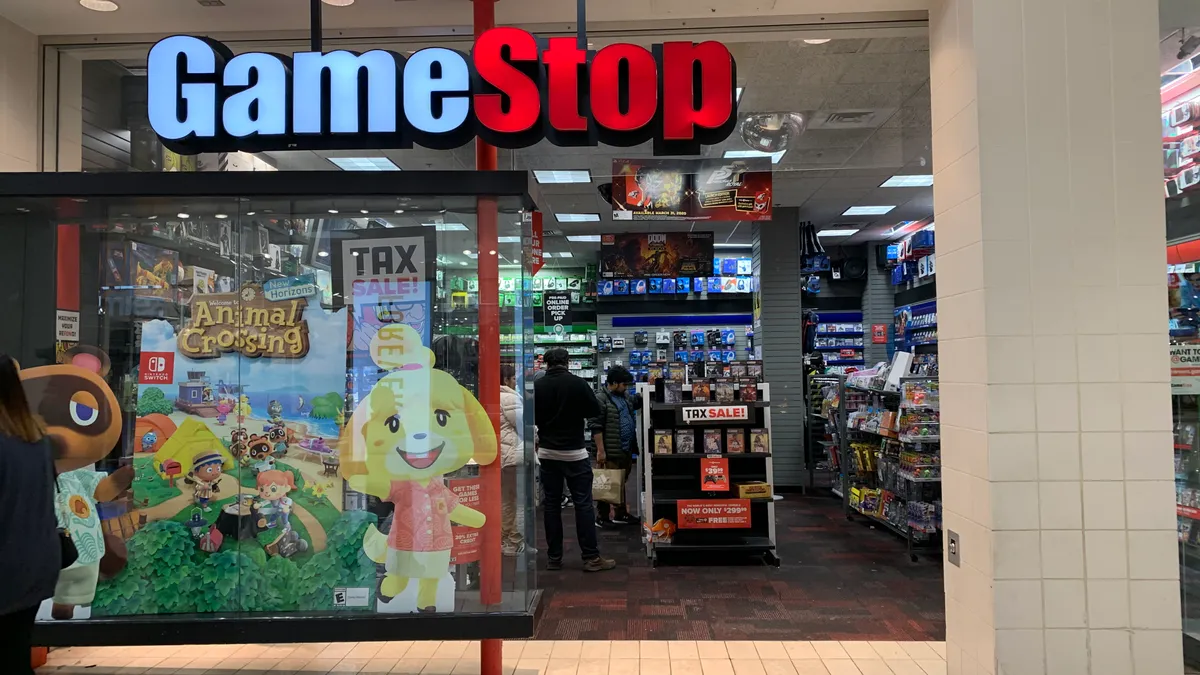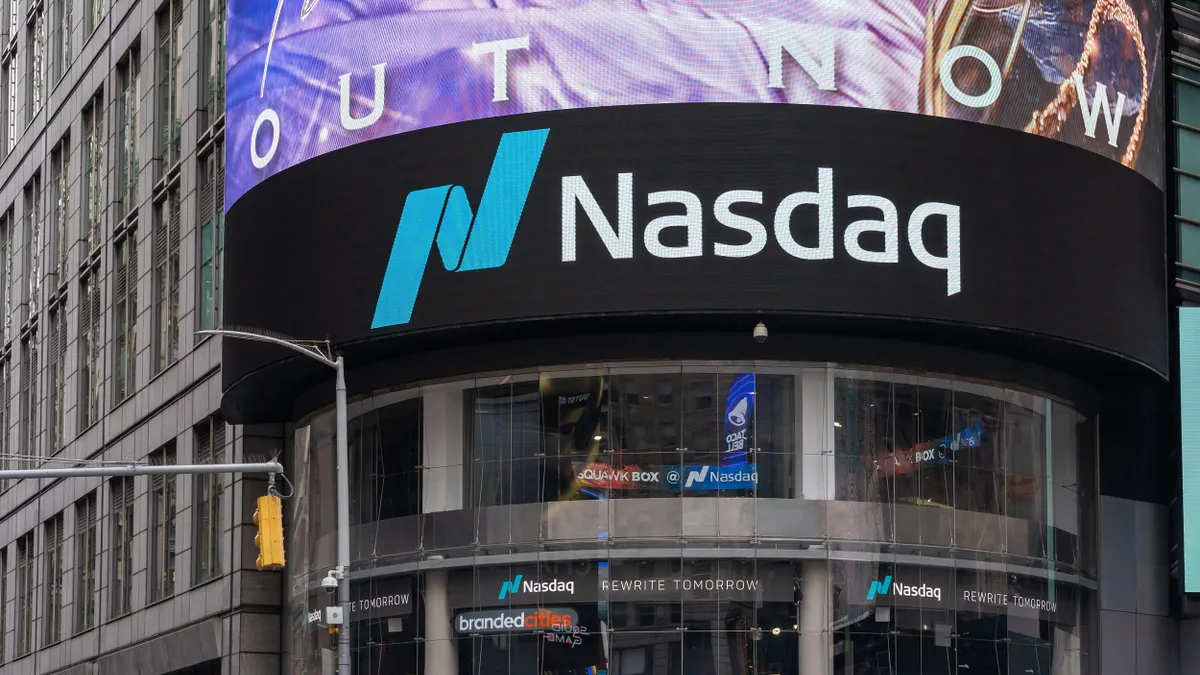A lot of stores are leaving the mall these days.
Singer-songwriter Paul Simon made it sound easy. "Just slip out the back, Jack. Make a new plan, Stan," goes his 1975 ditty. "Just drop off the key, Lee, and get yourself free."
Supplements retailer GNC earlier this month did make it sound fairly easy to leave. The company July 22 said it would likely halve its mall presence in the process of closing down as many as 900 locations, most of them in traditional malls. That would add to an industry store closure tally that already this year has surpassed all of 2018. To date U.S. retailers have announced 7,426 store closures and 3,039 openings, compared to 5,864 closures and 3,258 openings last year, according to Coresight's most recent accounting, emailed to Retail Dive.
That's terrible news for malls, where traffic declines are already undermining stores, potentially accelerating the current era's vicious cycle for malls and their retail tenants.
GNC CEO Ken Martindale sought to assure analysts that the company will be free to just drop off the key. "[T]he negative trends in traffic that we've seen in mall stores over the past several years has accelerated during the past few quarters, putting additional pressure on comps," he said on a conference call Monday, according to a Seeking Alpha transcript. "As part of our work to optimize our store footprint, we're increasing our focus on mall locations. And as you know, we have a great deal of flexibility to take further action here due to the short lease terms we have across our store portfolio."
The leave-taking
There's no shortage of evidence that malls aren't the retail juggernauts they once were. Bankruptcies and other corrections are emptying them. Macy's is at the tail end of its project to shutter 100 locations, mostly in malls, after a dramatic over-expansion that began decades ago. Bankruptcies and other financial difficulties at Sears, Bon-Ton, J.C. Penney and others have meant the fold-up of hundreds more.
Others hoping to turn their fortunes around, like GNC, are re-thinking their focus on the locale.
The mall-store relationship worked for a while. But there's no question that the heyday of the traditional mall, a late 20th-century retail innovation that capitalized on Americans' move to the suburbs, is waning. That's made them "the wrong locations" for stores, Gap Inc. CEO Art Peck told a Shoptalk keynote audience in March, just days after the company announced the closure of 230 Gap stores, mostly in the U.S.
"The historical model was: build a mall, tons of traffic, expensive rent and make it up in low conversion but highly productive traffic," he said. "The secret in the industry today is that traffic in many of these malls is not nearly as productive as it once was. The formula doesn't work."
E-commerce is a factor, pinching sales that would once have gone to stores. (Though some retailers note that brick-and-mortar stores can contribute to digital sales.) Demographics also have an impact. Gen Xers and millennials have stuck with city living or moved to closer-in suburbs when they do move out, according to Neisen Kasdin, managing partner at Akerman's Miami office and former mayor of Miami Beach.
But, for many, store location is a key element of the shifting retail geography. Peck maintained in his speech that the problem lies not with the store, but the mall, considering that at least 80% of sales still take place in physical locations.
"The traditional suburban shopping mall has been crushed — both by the trends of people moving into the city and by e-commerce," Kasdin told Retail Dive in an interview. "And just by being dull."
The situation is stabilizing somewhat, according to the latest report from real estate research firm Reis. In the second quarter, mall vacancy was flat, while the neighborhood and community shopping center retail vacancy rate fell to 10.1% in the second quarter, according to the report, which was emailed to Retail Dive.
New leases aren't necessarily going to stores, especially not to the department stores and specialty retailers that have dominated malls. And the rate is bolstered by something of a negative — the fact that fewer new malls are being built.
"Grocery stores have been a leading new occupant of those vacant spaces over the past year or so, as have home/houseware stores, gyms/fitness, discount variety stores, discount clothing stores and even trampoline parks," Reis said, adding, "On the supply side, empty big box stores have been converting to self storage or been sold to developers for redevelopment, former shopping centers have been demolished and there has been a general slowdown in building within the sector."
Where to go?
Retailers that are dead or dying, of course, don't require any alternative to the mall, but for others, there are few options.
In some metropolitan areas, city centers are seeing more specialty retailers populate downtown retail districts. They're an antidote to the "dullness" Kasdin refers to. That's also true in urban-center malls that incorporate good design and take advantage of a city's natural amenities, like walkability and restaurants, according to Kasdin, who cited Miami's two-year-old Design District and Kansas City's nearly century-old Country Club Plaza as classic examples.
"Over the last two-plus decades retailers have opened up to the street, so that it’s opened up to the neighborhood," he said. "They're destinations that are exciting to go to. People still want to be out on the street — they want to mingle with other people."
Other property owners are mimicking city life with planned developments that are outside cities but bear little resemblance to the traditional mall. Breaking ground on a former thoroughbred racing track 30 miles outside Boston, for example, Tuscan Village in Salem, New Hampshire, will feature residences, hotels, offices, a hospital, parks, retail, entertainment and restaurants. "We clearly believe that the future of development in this industry is all about place-making, and that has all to do with how you blend together different traffic drivers," Mike Powers, Tuscan Village's director of retail, told Retail Dive in an interview.
There are also less dramatic options. Airports, for example, provide retailers with captive consumers. And partnerships offer a low risk path to expansion. Build-A-Bear CEO Sharon Price John, also speaking at Shoptalk in March, said that the interactive plush-toy retailer is abandoning many malls to partner instead with indoor water park chain Great Wolf Lodge, Bass Pro's experiential Cabela's outdoor retail stores and Walmart supercenters. Most recently, Build-A-Bear tied up with newly reemerged toy retailer FAO Schwarz.
Like GNC, others including, notably, Ulta, have turned to smaller-scale strip malls, where parking tends to be easier and shopping trips quicker. Martindale noted that GNC's strip mall locations enjoy "relatively stable" store comps. Even Gap is experimenting with the format, having opened shop at a "low traffic, low rent, properly sized" spot next to a Trader Joe's grocery store in Encinitas, California. Conversion there is two or two and a half times that of Gap's mall stores, more than making up for the lower traffic, according to Peck.
That means, however, that while traffic may be declining at traditional malls, other venues aren't likely to offer much better. Few alternatives replicate what can be found at a flourishing traditional mall, according to retail analyst Nick Egelanian, president of retail development firm Siteworks. Any shift, whether to urban locations or strip centers, therefore entails a departure from usual operations, "including store size, store design, promotion and pricing," he said.
"Some, like Bath and Body Works, GNC and Lane Bryant, have already adapted well to standard 'Commodity' strip center formats. Others like Victoria’s Secret and Abercrombie and Fitch have found it much more difficult to adapt," he told Retail Dive in an email. "This is very tricky stuff, especially for apparel retailers used to traffic and flow in a mall controlled environment."






















